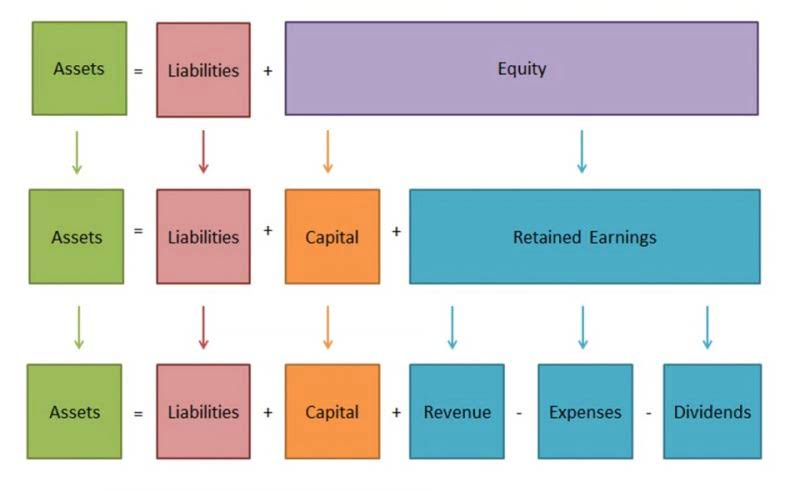
When the products are sold, these costs are expensed as cost of goods sold. The balance sheet is another critical financial statement product costs relate to. It’s a CARES Act snapshot of a business’s financial health at a specific moment. And product costs play a significant role, especially in valuing the goods a company hasn’t sold yet. This means they accumulate as the business transforms raw materials into finished products. This timing is crucial for accurately determining the total cost of producing each unit.

Period cost vs product: calculation of product and period costs
In financial statements, period costs are recognized as expenses in the period they are incurred. When classifying costs as product costs, ask yourself if this cost is need to make the product. Next as yourself if the cost is a direct material or direct labor cost. Balancing product and period costs is important for your business performance efficiency. Product costs help you fine-tune the price of each item you sell, ensuring profitability. Period costs guide decisions about how to efficiently rule your small business realm to stay afloat, impacting staffing, advertising, and day-to-day operations.
Products and services
- Period costs are of no less help, as they allow you to understand how well you’re running your business.
- For this reason, businesses expense period costs in the period in which they are incurred.
- By analogy, a manufacturer pours money into direct materials, direct labor, and manufacturing overhead.
- Ever wondered how businesses track and manage the various expenses they incur while keeping their operations running smoothly?
Below is a break down of subject weightings in the FMVA® financial analyst program. As you can see there is a heavy focus on Accounting for Technology Companies financial modeling, finance, Excel, business valuation, budgeting/forecasting, PowerPoint presentations, accounting and business strategy. Kristin is a Certified Public Accountant with 15 years of experience working with small business owners in all aspects of business building.
Items That are Not Period Costs
- As a general rule, costs are recognized as expenses on the income statement in the period that the benefit was derived from the cost.
- The tax implications of period costs are an intricate aspect of fiscal management that can influence a company’s tax liability.
- Administrative activities are the most pure form of period costs, since they must be incurred on an ongoing basis, irrespective of the sales level of a business.
- Other companies include fringe benefit costs in overhead if they can be traced to the product only with great difficulty and effort.
- The product costs for a retailer will be the amount paid to the supplier plus any freight-in.
- Also termed as period expenses, time costs, capacity costs, etc these are apportioned as expenses against the revenue for the given tenure.
Resources consumed to provide or maintain the organization’s capacity to produce or sell are capacity costs or supportive overheads. Capacity costs are further divided into standby costs and enabling costs. Standby costs will continue if the firm shuts down operations or facilities temporarily. Examples are depreciation, property taxes, and some executive salaries.

Indirect costs or indirect expenses, are costs which cannot be traced directly to a particular cost object. In schools, for example, the cost object might be students or a subject department, in the healthcare industry, the cost object might be a patient or medical department. Period costs are not incurred during the manufacturing process and cannot be assigned to cost goods manufactured.

As a general rule, costs are period costs recognized as expenses on the income statement in the period that the benefit was derived from the cost. So if you pay for two years of liability insurance, it wouldn’t be good to claim all of that expense in the period the bill was paid. Since the expense covers a two year period, it should be recognized over both years. If a selling, general and administrative (SG&A) expense is prepaid, the prepaid portion will be reported as a current asset. When the prepaid expense expires, it will move to the income statement and become part of that period’s SG&A expenses.